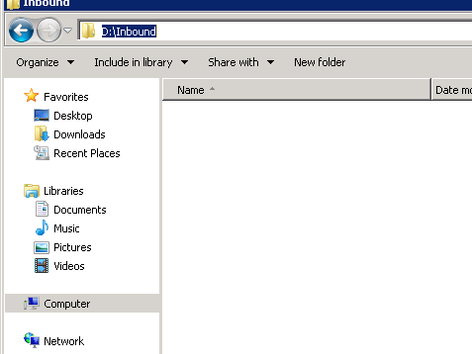top of page
 |
|---|
Blog
Mid-week Reflections on MRP and Purchase Order Lead Time in Microsoft Dynamics AX
A few recent discussions with customers about the role of the Purchase Order Lead Time and its influence on Master Planning inspired this...


Microsoft Dynamics AX 2012 Financial Dimensions in Sales and Purchase Agreements
The financial dimensions and chart of account structure in Microsoft Dynamics AX 2012 have been significantly redesigned since AX 2009...


Microsoft Dynamics AX 2012 R3 – Direct Delivery
Drop Shipment (or Direct Delivery) is a supply chain model allowing companies to deliver goods directly from vendor to customer. This is...


Site and Warehouse Defaults for Order Lines in Microsoft Dynamics AX 2012
When creating a Sales or Purchase order, Microsoft Dynamics AX 2012 (AX) can auto populate Site and Warehouse information on the order...


Microsoft Dynamics AX 2012 Accounts Payable Invoice Registration and Invoice Pools
Invoice registration in Microsoft Dynamics AX 2012 is used to record the arrival all vendor invoices received by your organization which...


eProcurement: What’s New in Microsoft Dynamics AX 2012 R3
1. Solicitation Types As a purchasing manager or agent, you can create and maintain solicitation types for requests for quotation (RFQs)...


Procurement and Sourcing: Alternative Items in AX 2012 R3
As a purchasing agent, you might want to know about available alternate items or services when working with a Request for Quotation...


Sales and Purchase Price Trade Agreements in Microsoft Dynamics AX 2012
In Microsoft Dynamics AX 2012 the Trade Agreements feature allows predetermined pricing agreement prices to be automatically populated on...


Accounts Payable Wire Reversal in Microsoft Dynamics AX 2012
The purpose of this blog is to assist in the reversal of AP payments in AX 2012 that do not have check numbers such as Wire, Electronic...


Microsoft Dynamics AX 2009 AIF Integration for AP Invoice Journals
Standard AX allows to create purchase invoice and invoice register (LedgerPurchaseInvoiceService) via Application Integration Framework...


bottom of page
